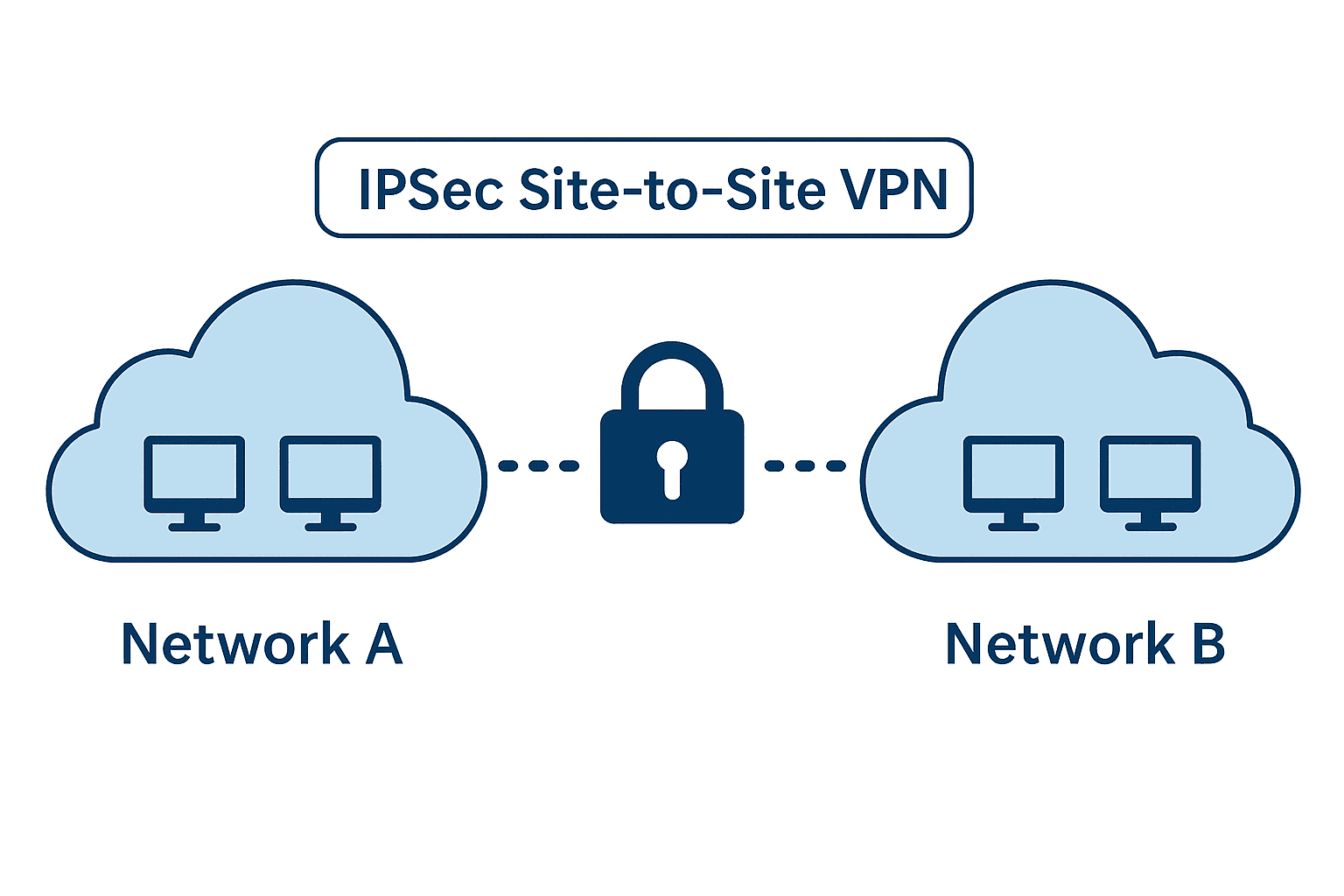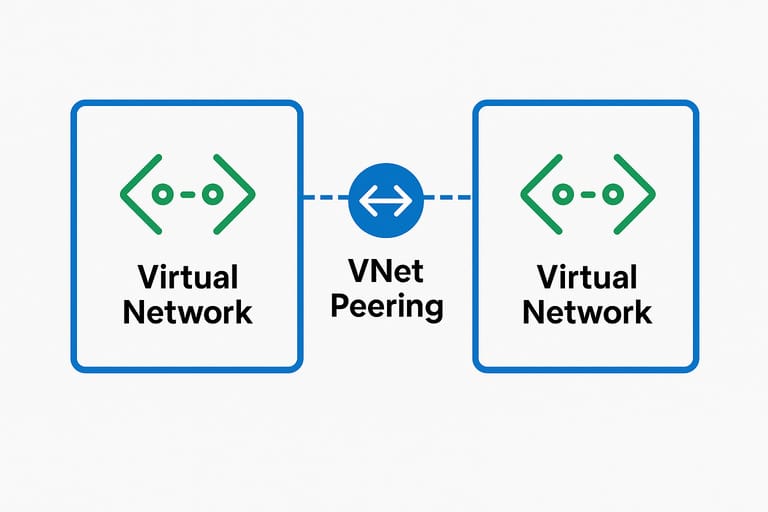Internet Protocol Security (IPsec) provides a robust framework for securing IP communications through authentication, integrity verification, and encryption. Organizations handling protected health information (PHI) under HIPAA or payment card data under PCI-DSS require strong encryption mechanisms to ensure data confidentiality during transit across public networks.
Prerequisites
- Network emulation platform (GNS3, EVE-NG, PNET LAB)
- Cisco IOS image:
i86bi_linux_l3-L3-ADVENTERPRISEK9-M-15.4-2T.bin - Two routers with WAN connectivity
Network Topology
Site A Configuration:
- LAN Network:
192.168.10.0/24 - Sensitive Asset (SV1):
192.168.10.10 - WAN Interface:
203.0.113.1/30
Site B Configuration:
- LAN Network:
192.168.20.0/24 - Sensitive Asset (SV2):
192.168.20.21 - WAN Interface:
203.0.114.1/30
Note: Verify basic connectivity between sites before implementing IPsec. You should be able to ping between WAN interfaces and observe unencrypted ICMP packets in packet captures.
Step 1: Configure ISAKMP/IKE Phase 1
Phase 1 establishes the secure management connection between sites. Configure identical parameters on both routers.
Site A Configuration:
crypto isakmp policy 1
encryption aes
hash sha256
authentication pre-share
group 2
lifetime 86400
exit
crypto isakmp key NAXSLABS address 203.0.114.1
Site B Configuration:
crypto isakmp policy 1
encryption aes
hash sha256
authentication pre-share
group 2
lifetime 86400
exit
crypto isakmp key NAXSLABS address 203.0.113.1
Phase 1 Parameters Explained:
- Encryption: AES for data encryption
- Hash: SHA-256 for integrity verification
- Authentication: Pre-shared key method
- DH Group: Diffie-Hellman group 2 for key exchange
- Lifetime: 86400 seconds (24 hours) for SA duration
Step 2: Define Interesting Traffic
Create access control lists to identify traffic requiring IPsec protection.
Site A Configuration:
ip access-list extended NAXSLABSVPN-ACL
permit ip 192.168.10.0 0.0.0.255 192.168.20.0 0.0.0.255
Site B Configuration:
ip access-list extended NAXSLABSVPN-ACL
permit ip 192.168.20.0 0.0.0.255 192.168.10.0 0.0.0.255
Step 3: Configure IPsec Phase 2
Phase 2 defines how data is protected within the tunnel. Configure transform sets and crypto maps.
Site A Configuration:
crypto ipsec transform-set NAXSLABSTS esp-aes esp-sha256-hmac
exit
crypto map NAXSLABSCM 10 ipsec-isakmp
set peer 203.0.114.1
set transform-set NAXSLABSTS
match address NAXSLABSVPN-ACL
exit
interface ethernet0/1
crypto map NAXSLABSCM
Site B Configuration:
crypto ipsec transform-set NAXSLABSTS esp-aes esp-sha256-hmac
exit
crypto map NAXSLABSCM 10 ipsec-isakmp
set peer 203.0.113.1
set transform-set NAXSLABSTS
match address NAXSLABSVPN-ACL
exit
interface ethernet0/1
crypto map NAXSLABSCM
Phase 2 Components:
- Transform Set: Defines ESP encryption (AES) and authentication (SHA-256 HMAC)
- Crypto Map: Associates peers, transform sets, and interesting traffic
- Interface Application: Applies crypto map to WAN interface
Step 4: Verification and Testing
Verify IPsec Status:
show crypto isakmp sa
show crypto ipsec sa
show crypto map
Test Encrypted Communication:
- Start packet capture on WAN interface
- Generate traffic between sensitive assets:
# From SV1 (192.168.10.10)ping 192.168.20.21 - Analyze capture results:
- Before IPsec: Clear ICMP packets visible
- After IPsec: Only ESP (protocol 50) packets visible
Troubleshooting Tips
Common Issues:
- Mismatched Phase 1 policies: Ensure identical encryption parameters
- Incorrect peer addressing: Verify WAN IP addresses in configuration
- NAT interference: Exclude VPN traffic from NAT translations
- Access list errors: Confirm interesting traffic definitions match
Debugging Commands:
debug crypto isakmp
debug crypto ipsec
show crypto engine connections active
Security Considerations
- Pre-shared Key Management: Use strong, unique keys for each site pair
- Regular Key Rotation: Implement periodic key changes
- Monitoring: Continuously monitor tunnel status and traffic encryption
- Backup Connectivity: Consider redundant tunnels for critical connections
This IPsec implementation provides enterprise-grade encryption suitable for protecting sensitive data across untrusted networks, ensuring compliance with regulatory requirements like HIPAA and PCI-DSS.







